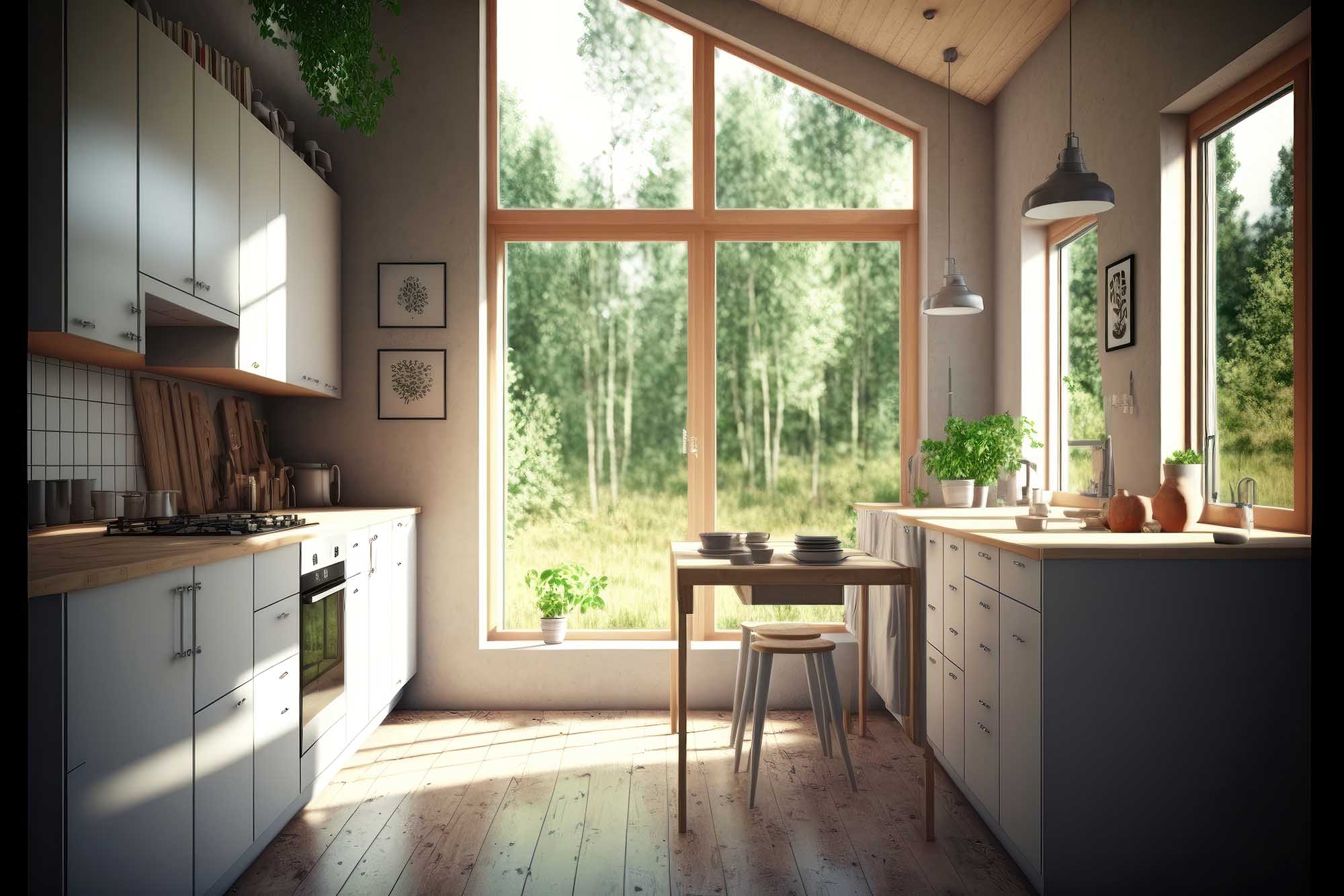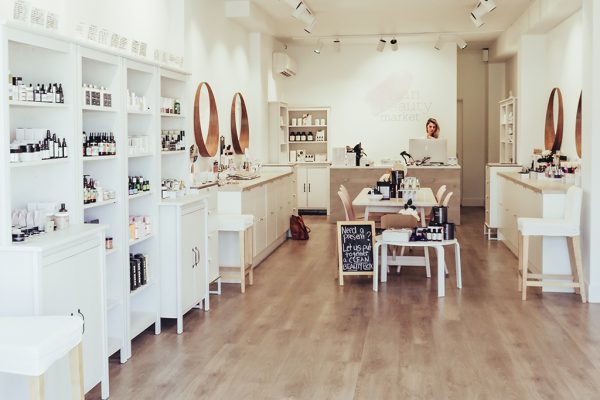We all want our homes to feel good. Cool in summer, warm in winter, and not costing a small fortune just to exist in.
But when it comes to renovations, the word sustainability often gets confused with expensive upgrades and high-tech solutions. When in reality, the best changes are the simple ones.
Cutting your energy bills, improving air quality, and making your home far more comfortable to live in.
This is your guide to simple reno upgrades that actually make a difference.

Give your windows a glow-up (and cut the energy waste while you’re at it)
They might flood your home with light and views, but they’re also one of the biggest culprits for heat loss in winter and unwanted heat gain in summer. The fix? Smarter glass.
- Low-E tint is one of the easiest upgrades with a big payoff. It’s a barely-there coating that reflects heat while letting in light. So your rooms stay bright, but not boiling. Unlike old-school window tinting, it doesn’t make your space feel like a cave. In winter, it helps trap warmth inside. In summer, it keeps the heat out.
- Double glazing is two panes of glass with a sealed air or gas layer between them. It cuts down heat loss, blocks out noise, and makes your home feel more solid and sealed. If your budget allows, opt for argon gas between the panes, it’s even better at reducing thermal transfer. Double glazing can cut heat loss by up to 50% compared to single-pane windows.
- If you’re not up for a full window overhaul, Secondary glazing is a more budget-friendly option. It adds a clear second layer over your existing windows, boosting insulation so you can keep the originals.
If you’re planning a full reno, bay windows or deep-set sills bring in loads of natural light, so you’ll rely less on artificial lighting during the day. Plus, they add charm, and we’re never mad about that.
2. Insulate Like You Mean It
Insulation might not be the most exciting part of a renovation, but it’s hands down one of the most impactful. Good insulation keeps your home cooler in summer, warmer in winter, and much cheaper to run year-round. Basically, it does the heavy lifting so your heater and aircon don’t have to.
And no, it’s not just about those scratchy fibreglass batts we all remember from older builds. There are better, smarter (and more natural) options out there now—especially if you’re trying to steer clear of synthetic materials.
- Sheep’s wool: Naturally breathable, it absorbs moisture and helps regulate humidity. Plus, it has a higher thermal resistance (R-value) than traditional fibreglass.
- Cellulose insulation: Made from recycled paper, it’s one of the most eco-friendly options and has high thermal performance. The Insulation Council of Australia and New Zealand (ICANZ) rates cellulose as comparable to fibreglass but with superior sustainability credentials.
- Hempcrete: A mix of hemp, lime, and water, this insulation superstar is carbon-negative, meaning it actually absorbs more CO₂ than it emits during production.
- Spray foam: Highly effective at sealing gaps but often contains chemicals. Opt for water-based formulas with minimal VOCs where possible.
Before upgrading, check your home’s NatHERS energy rating to identify problem areas. Ceiling and wall insulation should be top priority, but don’t forget underfloor insulation if you’re in a raised house.
3. Switch to Low or No-VOC Paints
Traditional paints release volatile organic compounds (VOCs), which contribute to indoor air pollution and can trigger respiratory issues. Low and no-VOC paints offer the same durability and colour depth without the nasties.
- Water-based formulas are your best bet – brands like BioPaints, Ecolour, and Haymes offer non-toxic, eco-friendly options. The traditional paint brands – think your Dulux and Taubmans now offer Low and no-VOC paints for indoors and outdoors.
- Natural mineral-based paints (like limewash) are another great alternative, adding texture while improving air quality.
- Look for certifications like GECA (Good Environmental Choice Australia) or Global Green Tag to ensure products meet sustainability standards.
4. Consider Energy-Efficient Appliances and Fixtures
While insulation and materials play a big role, the every day appliances can contribute significantly to your home’s energy footprint.
Before upgrading, check for energy ratings. The more stars, the better. Some of the best swaps include:
- Heat pump hot water systems: Use up to 70% less energy than traditional electric systems. Your Home Australia reports that heat pump systems are among the most efficient hot water options available.
- Induction cooktops: More energy-efficient than gas and electric coils, with better temperature control. According to CHOICE, induction cooktops use about 10% less energy than traditional electric stoves.
- LED lighting: Uses 75% less energy and lasts 25 times longer than incandescent bulbs.
- Smart thermostats and timers: Automate heating and cooling to run efficiently without waste, with options like Google Nest and Ecobee offering intuitive energy-saving features.


